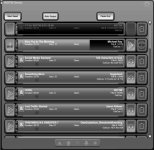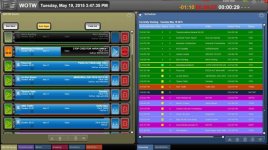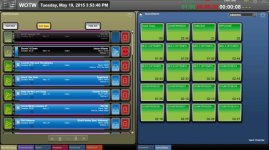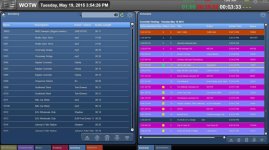fordranger797
Star Participant
I'm used to working with a board where only one channel is dedicated to the music software, and you can adjust the output volume for different purposes, and start the next cart simply by pressing the 'start' button on the board for putting the software into manual and automatic mode (translates to the "on" button). I am curious, however, of how a program like Audio Vault differs. From what i've seen, it looks like Audio Vault takes three or more channels on the board, and requires that all 3+ faders are left up.
Is it still possible to start carts by pressing a "start" button on the board, or are you forced to click something on the software?
How do you know which channel the audio is playing out of (so that you can turn down the fader to fit in a break)?
What is the purpose of many different channels for Audio Vault?
Thanks in advance. As you can probably tell, I am newer to the business.
Is it still possible to start carts by pressing a "start" button on the board, or are you forced to click something on the software?
How do you know which channel the audio is playing out of (so that you can turn down the fader to fit in a break)?
What is the purpose of many different channels for Audio Vault?
Thanks in advance. As you can probably tell, I am newer to the business.





